Salmon farms again use toxic pesticide
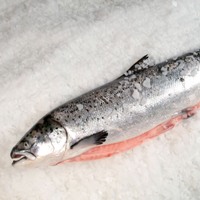
A toxic pesticide to treat sea lice parasites in salmon was again used by salmon farmers after it was thought to have been phased out.
Concerns about the polluting effects of the substance have been raised by
Scottish shellfish farmers. Commercially sold as Calicide (teflubenzuron) it is
known that 90% of the product is excreted by the salmon into the sea. Already in
1999 the Scottish Environment Protection Agency (Sepa) found Calicide to be
“potentially highly toxic to any species which undergo moulting within their
life cycle.” This will therefore include some commercially important marine
animals such as lobster, crab, shrimp and some zooplankton species.
Sepa
grants licences for Calicide, but sets strict limits on concentration levels,
rendering adoption by salmon farms largely impractical. The chemical disappeared
from use in 2005-2006, yet Sepa has now revealed its re-emergence at three
different sites this year, as salmon farmers try to tackle resistance of sea
lice to two other treatments.
The Scottish Salmon Producers’
Organisation (SSPO) is keen to stress that no regulations have been broken.
“For anyone to imply what we’re doing is in any way improper or environmentally
damaging or sinister is absurd.” technical director Dr John Webster argues. SSPO
urges a more widely use of Calicide to be able to face Norwegian competition
where controls are less strict. Sepa, however, sees no grounds to review its
licensing of Calicide.
Join 26,000+ subscribers
Subscribe to our newsletter to stay updated about all the need-to-know content in the feed sector, three times a week. Beheer
Beheer

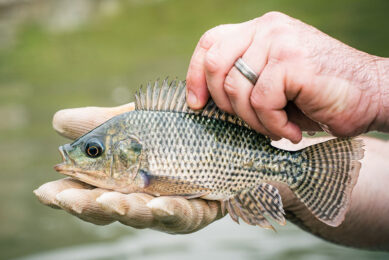
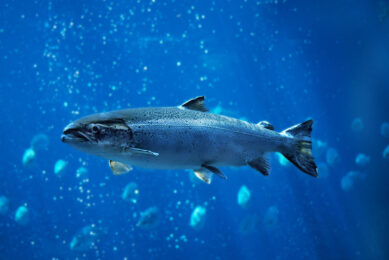
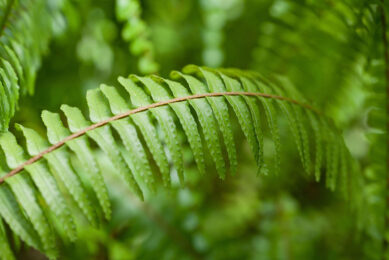
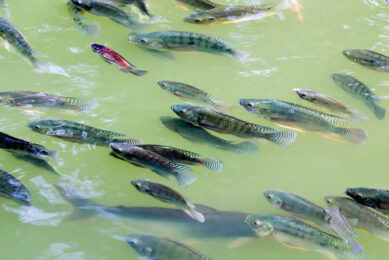




 WP Admin
WP Admin  Bewerk bericht
Bewerk bericht